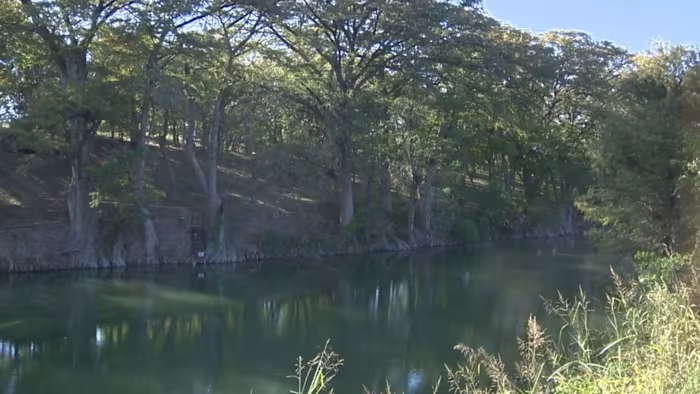Texas’ $20 billion investment in water faces long road ahead, could further address flooding concerns

SAN ANTONIO – Texas voters overwhelmingly approved a historic $20 billion investment in the state’s water infrastructure, marking the largest water-related funding commitment in Texas history.
However, communities likely will not see the impact of this investment for another five years.
Proposition 4, a statewide ballot initiative, will allocate up to $1 billion annually from sales tax revenue to fund critical water projects across Texas. It passed with 70% voter approval on Tuesday and does not increase the sales tax rate.
“The 70% is a decisive message from Texas voters that water is really important to this state,” said Sarah Kirkle, director of policy and legislative affairs for the Texas Water Association.
The approved funding can be distributed across nine different funds, targeting various water-related initiatives including:
-
The New Water Supply for Texas Fund
-
The State Water Implementation Fund for Texas (SWIFT) and the State Water Implementation Revenue Fund for Texas
-
The Texas Water Fund administrative fund
-
The Flood Infrastructure Fund
-
The Clean Water or Drinking Water State Revolving Funds
-
The Rural Water Assistance Fund
-
The statewide water public awareness account
-
The Texas Water Development Fund II water financial assistance account
-
The Texas Water Development Fund II Economically Distressed Areas Program
-
The agricultural water conservation fund
-
The Texas Water Development Fund II State Participation account
The new investment builds upon a previous $1 billion commitment approved in 2023, which has already been made available through the budget passed last spring.
As growth continues along the Interstate 35 corridor and across Texas, a primary focus for the fund will be aimed at funding new sources of water and conserving the sources that already exist.
“We got a bunch of people moving to Texas and not a single one of them’s bringing any water with them,” said Robert Mace, executive director of the Meadow Center for Water and the Environment at Texas State University. “We’ve got to find where the water comes from.”
Unlike the 2023 funds, the newly approved money can also be used for flood infrastructure.
“You either have too much water or not enough,” Kirkle said. “It’s really challenging for local communities to develop mechanisms to store it when we have it, but also to move it away whenever there’s too much.”
Despite the measure’s approval, the path to project implementation involves several steps:
-
Tax revenue collection won’t begin until 2027
-
Legislative allocation of funds, scheduled for 2029 session
-
Application process and project reviews follow
This means that the money may not begin to fund projects until early 2031, Kirkle said.
Read also:
Copyright 2025 by KSAT – All rights reserved.






